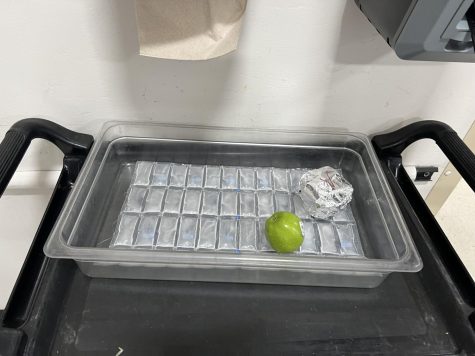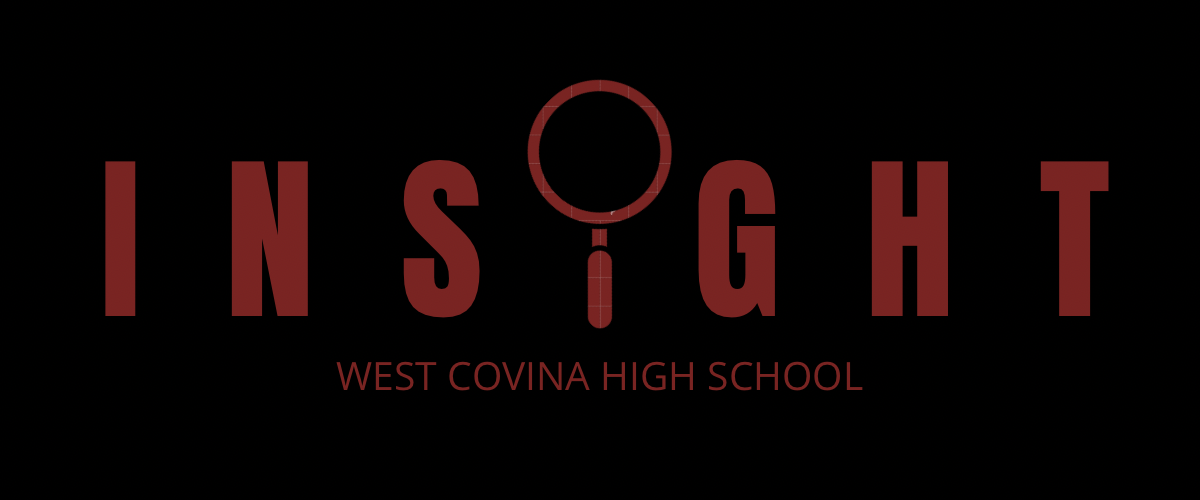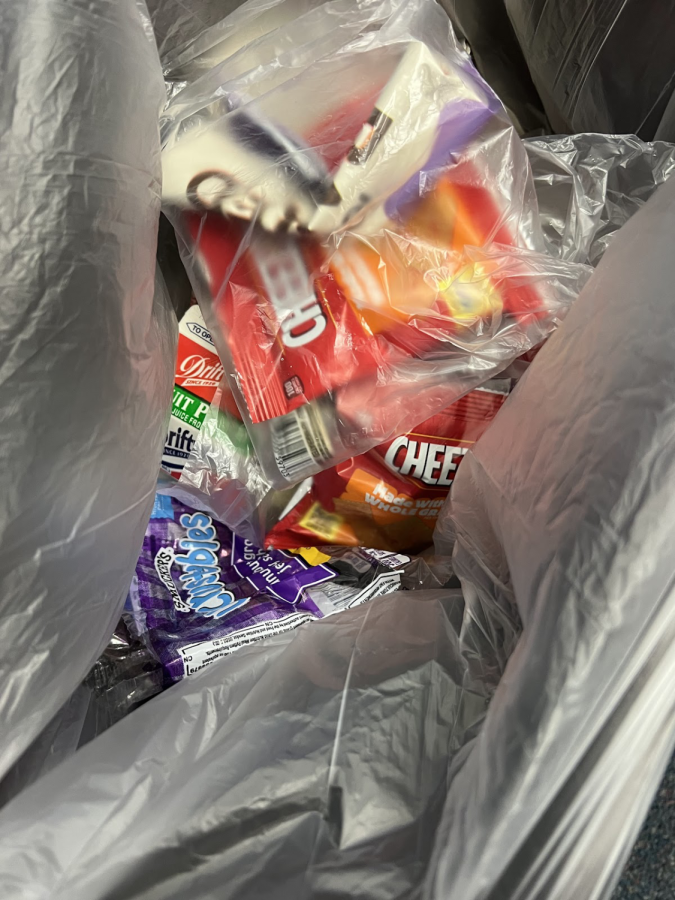Stop wasting food
Cafeteria staff combine string cheese, Cheez-Its and a peanut butter and jelly sandwich into the same plastic bag, which doesn’t allow students to pick and choose what they want. In this photo, Cheez-Its and string cheese end up in the trash. Photo credit: Celeste Perez
April 6, 2023
According to the U.S. Food and Drug Administration (FDA), between 30%-40% of food in the United States goes uneaten; that’s as much as 20 pounds of food per person each month. Americans are tossing out the equivalent of $165 billion in food each year.
According to the World Wildlife Fund, an organization that works in the field of wilderness preservation and the reduction of human impact on the environment, food wastage is a nationwide problem all over U.S schools where food waste totals 530,000 tons per year and costs as much as 9.7 million a day to manage. West Covina High School campus is no exception.
Countless amounts of uneaten food is thrown away in trash cans or left behind on the floor or lunch tables for custodial staff to pick up. Alternatives could be set in place to help this ongoing problem.
The first alternative already in existence is a bin located near the utensil station in the cafeteria for unwanted food. This limits the food being unnecessarily thrown away and allows other students to take what they might want.
A second and easy alternative for students is simply saving uneaten food for later, family members or friends might want it. Cafeteria staff would ideally provide containers, allowing students to effectively put food inside their backpacks to take home or save for later.

unwanted food.
Photo credit: Celeste Perez
A third alternative is having food bins located outside the cafeteria, around the quad or outside the cafeteria. This option can get more students to use the bins in a more effective way, if the bins are closer and more easily accessible.
A last alternative is only taking what will be eaten. This option limits the amount of food that ends up in the trash.
The more options and resources presented to students, staff, and administration, the higher the chances are of limiting waste. Students also need to be aware in order to take part and actively make a choice to change.
Meanwhile, the next time you don’t want to eat what you pick in the lunch line, find a better way to not waste it such as saving it for later or placing it inside a bin in the cafeteria. Think of the starving children who would probably fight over the food that you have thrown away.


